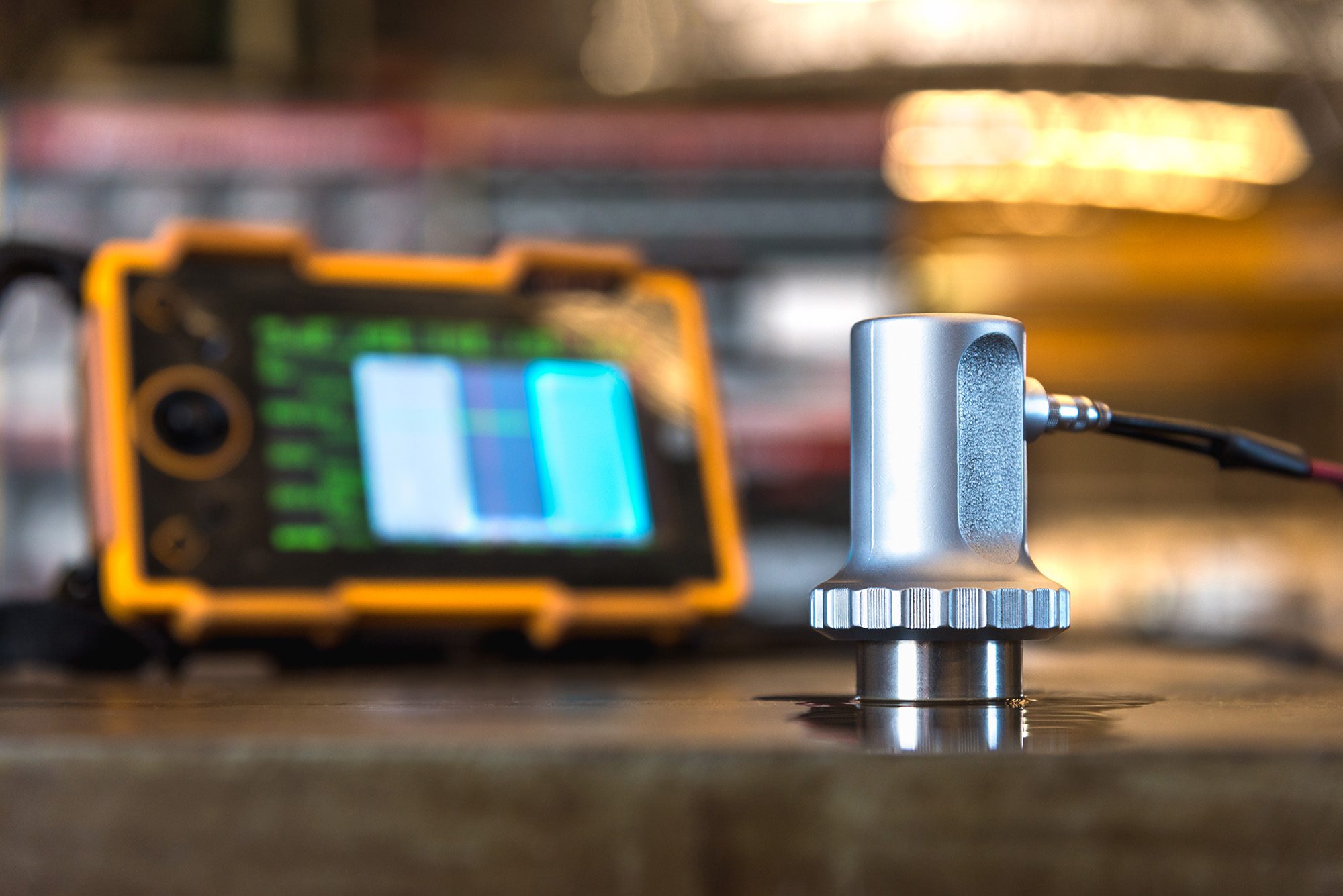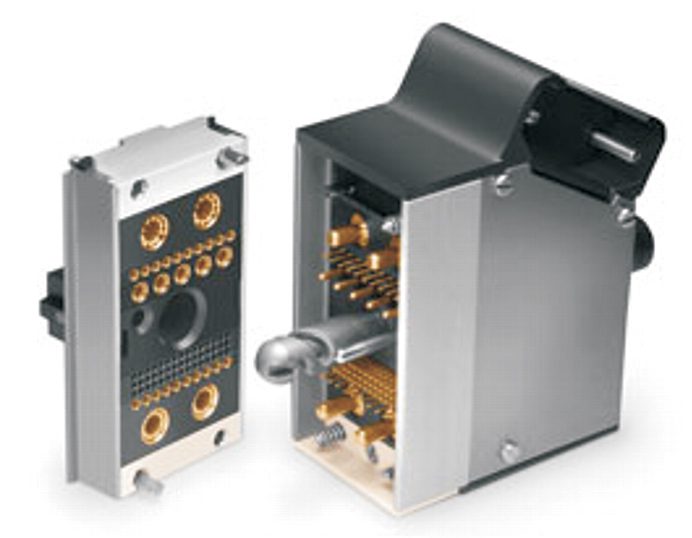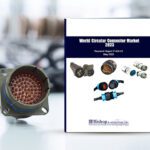High Performance Interconnect Solutions for Test Equipment
Electronic systems that can stand up to the demands of harsh military, industrial, and transportation environments depend on interconnects that have been tested to the max — in system designs and in the test equipment itself.

The common goal of all test equipment is to aid manufacturers in monitoring and enhancing the quality, safety, and productivity of their products and operational processes. Rigorous component testing gives engineers assurance that the components they specify will perform as expected even under extremely challenging operating conditions over long periods of time. Testing components is also a critical step for products that must meet military specs and other industry standards. As more electronics move into harsh environments, testing provides reliability measures that enable designers to anticipate the challenges of military environments, transportation equipment, and industrial operations. To test for these industries, the test equipment itself must outperform every process and condition for which it tests.
Whether you are measuring forces, vibration, temperature, pressure, surfaces, speeds, flow rates, ingress, or movement, each element that is part of the testing device must achieve the highest quality standards to perform in the demanding test industry. In the quest to design the ultimate test device, one international company specializing in the testing of ultrasonic transducers needed a reliable interconnect solution to support their future sensor requirement and ultimately increase production output. The solution would support devices under test, including the base adapter and test hardware boxes, for industrial sensors used in factory automation equipment.
Ultrasonic testing (UT) comprises a range of non-destructive testing (NDT) techniques that send ultrasonic waves through an object or material. These high frequency sound waves are transmitted into materials to characterize the material or for flaw detecting.
Whether in challenging environments or in outdoor areas, ultrasonic sensor systems are breaking new ground for safety applications. Ultrasonic sensor systems utilize ultrasonic transducers to measure distance, detect objects, or provide proximity sensing by emitting ultrasonic waves and analyzing their reflections. These systems are widely used in automation and industrial processes (robotics, materials measurements, flow measurement, object detection), military operations (object detection by unmanned vehicles, target detection, security), and transportation (collision avoidance systems, object detection, railway applications). The selection of components for these devices is a challenge, requiring an evaluation of the most high-reliability connectivity options available.
The challenge and the solution
The new customer turned to Smiths Interconnect to provide an interface connector that would be mounted on a test hardware box and used to connect it to another test box. This connector must provide reliability under test conditions as well as under frequent mating and unmating operations. As a result, apart from satisfying the technical RF requirement of data transfer of three different types of DC (from ±5V to ± 48V) in a single connector, the key challenge was to get a durable solution with an efficient locking mechanism and a reliable contact technology.
Smiths Interconnect was able to provide a solution that met the requirements set by the customer with a cabled mini-modular N series connector. The connector could be mounted onto the panel with suitably rugged cables to support the application’s various signal and RF transmissions.

Smiths Interconnect’s N Series of mini modular, high-density connectors offers a variety of combinations in a single connector frame. It employs a do-it-yourself system based on the building block principle, which allows users to select the connector design that meets their specific requirements through off-the-shelf components.
The key aspects that made this solution successful were the connectors’ high mating cycles, ensured through rigorous testing. The connectors aced a battery of performance tests and were proven to provide stable connection using Smiths’ Hypertac hyperboloid contact technology. They feature a rugged metal housing to withstand harsh environment operations and are available in a range offering the customer the right size to be able to fit on the test hardware box. Additional features such as the alignment of the guide pin helped mitigate against damage due to aging and mishandling caused by human error.
High-quality connection solutions for precise measuring, testing, and examination are necessary to ensure perfect and reliable contact between the measuring instrument and the points, objects, and systems to be tested. Connectors that perform well under test are integral to the design of test equipment and ultimately lead to more successful new product development.
Like this article? Check out our other How to Specify, Mil/Aero Market articles, and our 2024 Article Archives.
Subscribe to our weekly e-newsletters, follow us on LinkedIn, Twitter, and Facebook, and check out our eBook archives for more applicable, expert-informed connectivity content.





